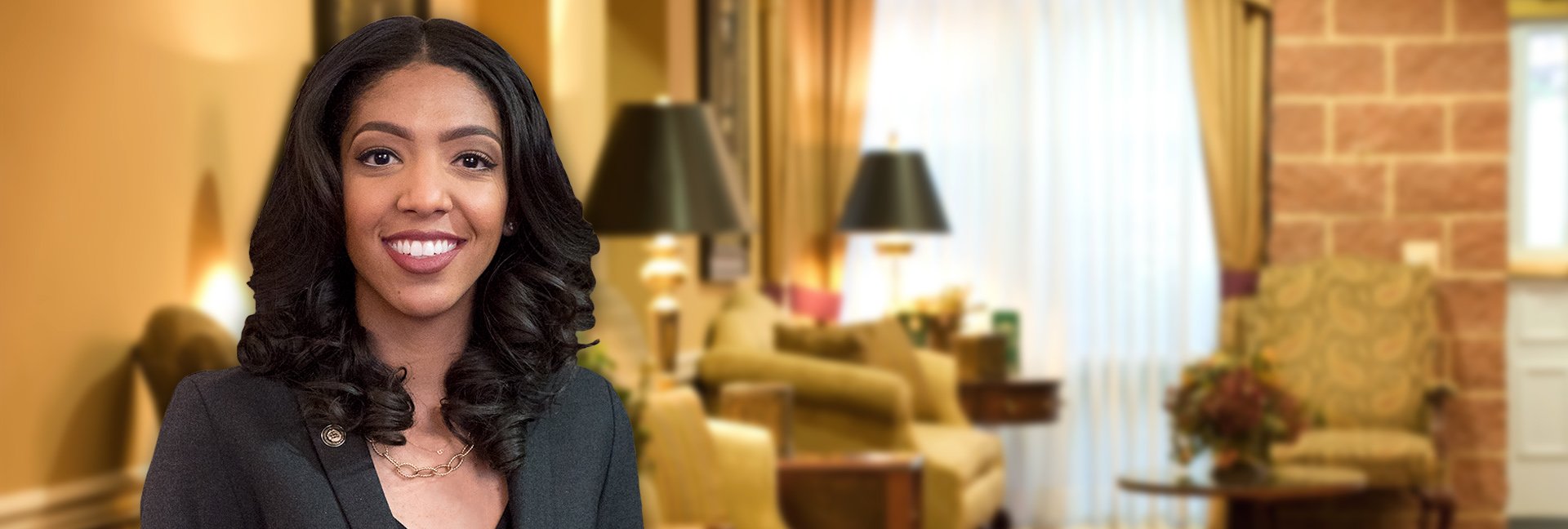Fact or Fiction? Seven Big Misconceptions about Hospice Care
Misconceptions about hospice care can prevent families from accessing vital support at a time when they need it most.
Hospice care is often misunderstood, leading to fear and uncertainty during an already difficult time. Many people are unsure as to what it entails and how it can benefit patients and their families. In this blog, we will present an overview of hospice, present common misconceptions about hospice care, and share the facts about this compassionate end-of-life program.
Understanding Hospice
The goal of hospice care is to give the terminally ill person the best possible quality of life, focusing on their emotional, physical, and spiritual comfort. A multidisciplinary hospice team works together to provide robust patient support. These team members often include the patient’s personal physician, the hospice medical director, nurses, and aides, along with social workers, clergy, and trained volunteers.
Hospice is tied to certain eligibility requirements. Patients must be certified as terminally ill, meaning they have six months or less to live if the terminal illness runs its normal course. Hospice services are covered by Medicare and Medicaid and can be provided at the caregiver’s home, a hospital, or a hospice facility.
Common Misconceptions About Hospice Care
1. Hospice is for people whose passing is imminent.
Hospice care can be accessed up to six months before an expected death, giving patients time with family, friends, and pets, and the possibility of extended support from the hospice interdisciplinary team. It’s not uncommon for people to wait until the very end of their illness to seek hospice but imminent death is not a requirement to receive care.
2. Only elderly people can receive hospice care.
Anyone of any age who meets the eligibility requirements can get hospice care. Government regulations surrounding care for those under age 18 are different than guidelines for adults, allowing for concurrent care that includes efforts focused on both cure and comfort.
3. You can't keep your own doctor if you enter a hospice program.
With hospice, a person’s primary care doctor or specialist is encouraged to remain engaged in their care. This approach allows the hospice physician to communicate with the primary physician, who likely knows the person’s medical history better than anyone else. This is helpful in determining specific medical needs that will be addressed in developing an individual plan of care.
4. Hospice care hastens death.
The focus of hospice care is solely to relieve symptoms such as pain, anxiety, and breathlessness at the end of life, allowing natural death to take place peacefully and with dignity. The medications used at end of life are for symptom relief only and are never used to hasten death. Studies have shown that patients with certain illnesses actually live longer with hospice care than those with the same illness who don’t choose hospice.
5. Only the patient benefits from hospice services.
Hospice care supports the patient and provides vital assistance to the family. From emotional counseling to helping navigate the complexities of caregiving, hospice teams offer resources and guidance to loved ones during a difficult time, helping them cope with the challenges they face.
6. Once hospice is chosen, the decision cannot be reversed.
Individuals are free to leave a hospice program at any time for any reason without penalty. Re-enrollment in a hospice program is permitted as long as medical eligibility criteria are met, allowing flexibility in care decisions.
7. All hospices are the same.
There are thousands of hospices in the United States. All hospices that participate with Medicare are required to meet the same basic requirements although there are vast differences from one provider to the next. They can be nonprofit or for-profit; they may be community-based or serve many communities from a central location; they may be independent or part of another organization such as a hospital, health system or private company. Some communities may have multiple hospice programs serving them, all of which are independent from each other.
Hospice care is about more than just the end of life; it's about ensuring that people experience the highest quality of life possible during the final stages of a terminal illness. Understanding the true purpose of hospice care can help families make informed decisions that bring peace, comfort, and dignity to their loved ones in their final days.
By addressing these common misconceptions about hospice care, we hope to help families recognize the full range of support and benefits it offers. If you have questions or need additional information, please contact us anytime.
About Vaughn Greene Funeral Services: For more than 25 years, Vaughn Greene Funeral Services has been providing a ministry of care to Baltimore’s African American community. As a leading local, minority- and family-owned provider, we promise to provide our highest level of service and respect to families who entrust us to honor their loved ones. For more information about our funeral, cremation, memorial, repast, and grief counseling services, please call us at 410.655.0015 or visit us online at https://vaughncgreene.com/.











Comments